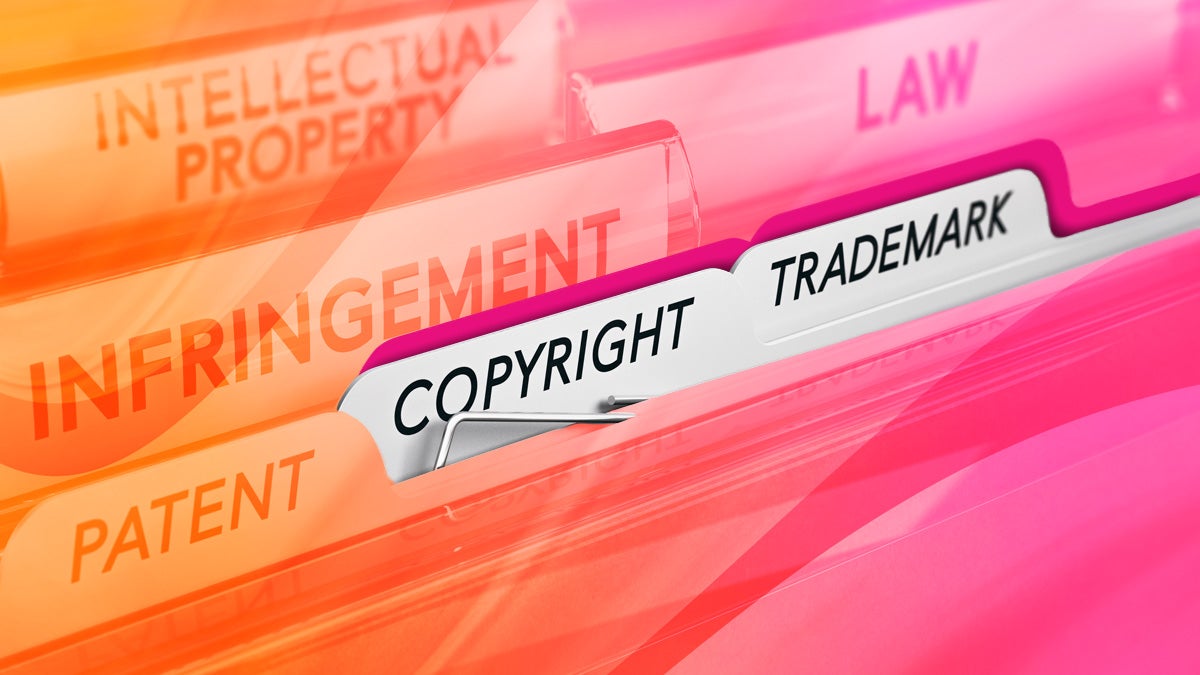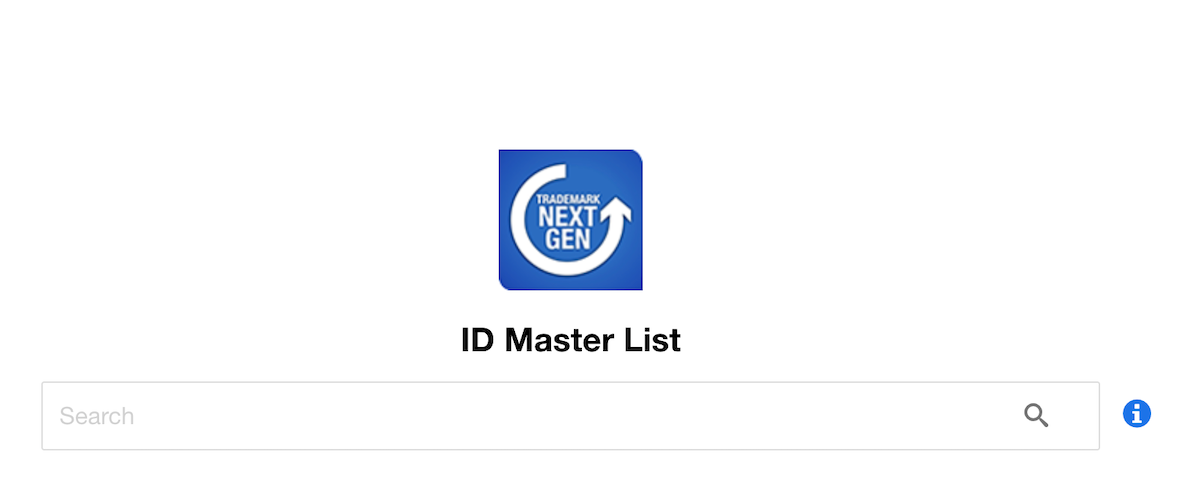
As a creator, you want to protect your creations! However, in the ever-evolving creator economy, it might feel overwhelming to understand the nuances regarding legal protections for your work. Maybe you don’t know the differences between trademark vs copyright, let alone how to file for one.
Whether creating visual art or a unique service, here are the basics of trademarks and copyrights.
What Is a Trademark vs Copyright
What Is a Trademark?
The United States Patent and Trademark Office is the first place to start protecting your creation. It defines a trademark as “a word, phrase, design, or a combination that identifies your goods or services, distinguishes them from the goods or services or others, and indicates the source of your goods or services.”
The USPTO uses Coca-Cola as an example of a trademarked good, so think along those lines. Nike sneakers, Starbucks coffee, Taco Bell, and Google are all other examples of famous trademarks.
A trademark protects your goods or services from being registered by others without permission and helps stop others from coming too close to replicating your goods and services.
What Is a Copyright?
While similar, a copyright is different from a trademark. Copyright, according to the USPTO, is “artistic, literary, or intellectually created works, such as novels, music, movies, software code, photographs, and paintings that are original and exist in a tangible medium, such as paper, canvas, film, or digital format.”
An example would be the song lyrics to “Vampire” by Olivia Rodrigo. The music to “Vampire,” however, gets a little trickier. A song may count as two works — a musical work and a sound recording. These two works are protected separately. You can read here for a more in-depth breakdown of music-related copyright law.
What Is the Main Difference Between Copyright and Trademark?
In brief, a trademark protects your business name, logo, or slogan and prevents others from using it to sell products.
Copyright stops people from stealing and using your creative expression and “protects your exclusive right to reproduce, distribute, and perform or display the created work,” according to the USPTO.
Do You Need to File for a Trademark?
Registering a trademark is probably not the first thing on your mind when establishing a new business, but there are benefits. You automatically have common law trademark policies in the state you’re operating in, but you should apply for a trademark to ensure federal trademark protection.
Registering a trademark will also make it easier for you to apply in foreign countries. After all, you want your product or service to go global, right? Another benefit is having a trademark listing in the USPTO database and the right to sue over your trademark in federal court. Plus, you get to use that nifty official trademark registration symbol (®).
Do You Need to File a Copyright To Claim It?
In short, no. The minute you create something in a tangible form, it is protected, and you have rights. But if you’ve got $15 to spend, it doesn’t hurt to register your creation with the U.S. Copyright Office.
Let’s say someone writes the next Great American Novel — and it sounds like your Great American Novel that’s been circulating through various agencies. You need to show that you already have a copyright to pursue legal action.
How Do You File for a Trademark?
Okay, you’ve concluded that you need trademark protection. Now what?
First, ensure that the trademark you want to register can be registered. Do a thorough search on the United States Patent and Trademark Office (USPTO) website. Ensure that your trademark is not similar to any trademarks already registered.

Your application can be rejected if even the tiniest similarity to an existing trademark exists.
Once you’ve found nothing to prevent you from moving forward, you must fill out an application. You can do that directly on the USPTO website. If you’re based in the United States, you aren’t required to ask a lawyer to help you. However, it might be a good idea to consult one anyway.
You’ll be required to fill out your name, address, and other pertinent information on the application. Next, you will be asked to describe the name you want to protect and the goods or services the name will encompass.
There are initial fees to pay depending on whether or not you file TEAS Standard or TEAS Plus. Whether you file as TEAS Standard or TEAS Plus depends on what you’re trying to trademark.
Check under the Trademark ID Manual. If you can find an accurate description of the class of product or service you’re looking to trademark, TEAS Plus can work. However, if you discover something that is close but doesn’t exactly describe your product, go with TEAS Standard.
The difference in fees is just $100. But if the USPTO finds your description inaccurate, your application will be rejected. Sometimes, it’s better to pay a little extra to mitigate your risk of rejection.
Then, you get to wait to hear whether or not your application is approved.
What Is the Process for Filing a Copyright?
According to the U.S. Copyright Office, all you need to do is submit an application and a copy of the work you want registered. Note you will not receive this back. Make sure it’s not the only copy you have.
You are able to file online through the electronic Copyright Office. The Office has some suggestions for applicants. These are common sense, like “file a title that is specific and not generic.” We all love to save files under things like “ThingInProgress5.” That’s not specific enough to locate in the public record.
It’s Not Trademark vs Copyright; It’s You Vs The World
As a content creator, it’s your responsibility to familiarize yourself with trademarks and copyrights. They can help protect yourself and your work.
It’s a big world out there, and many creators establish brands and make art. Don’t get left behind or lose money because you didn’t consider the benefits of trademarking or copyrighting your labor. Don’t think of it as trademark vs copyright; think of it as two great ways to protect your work.




